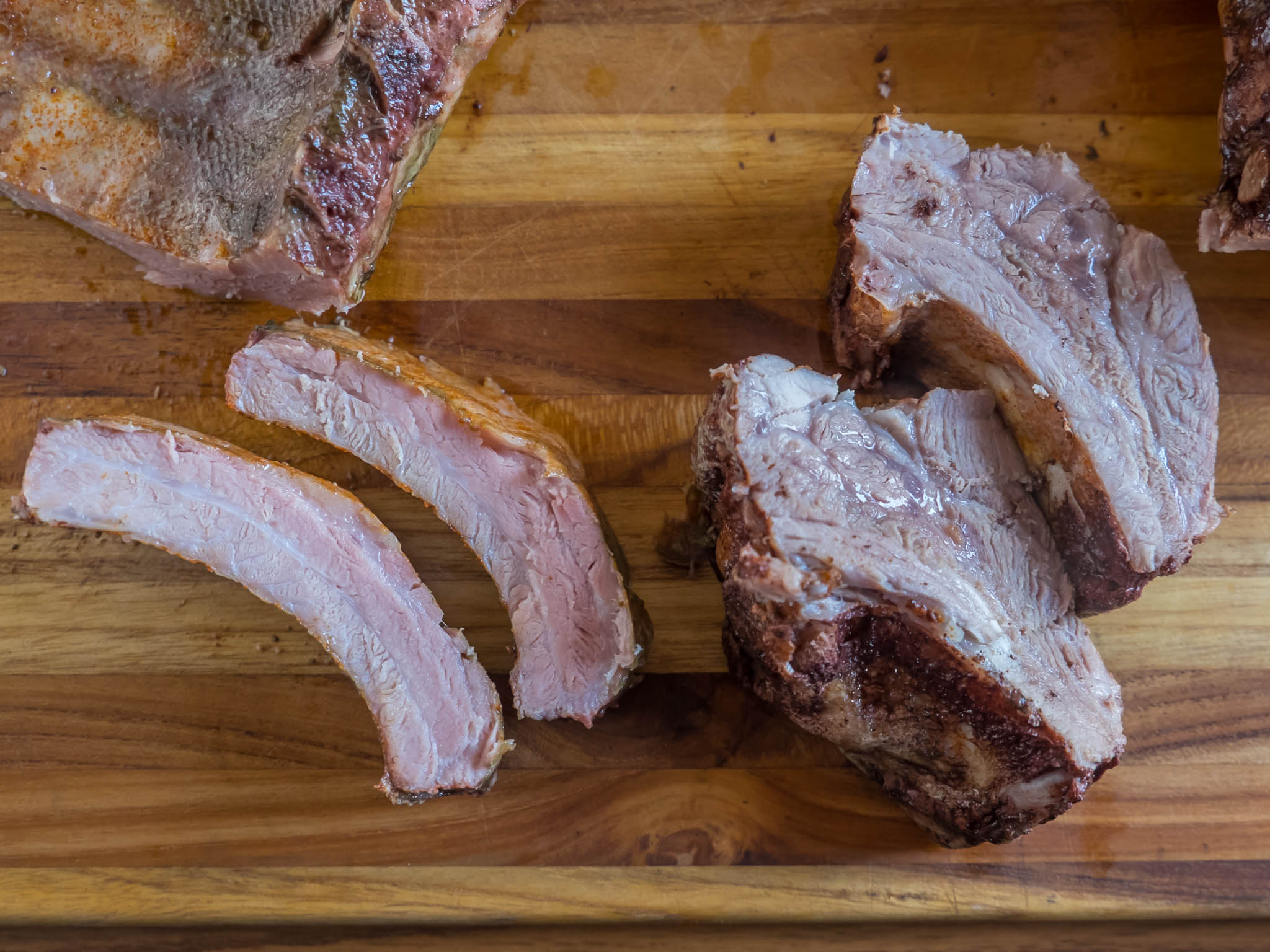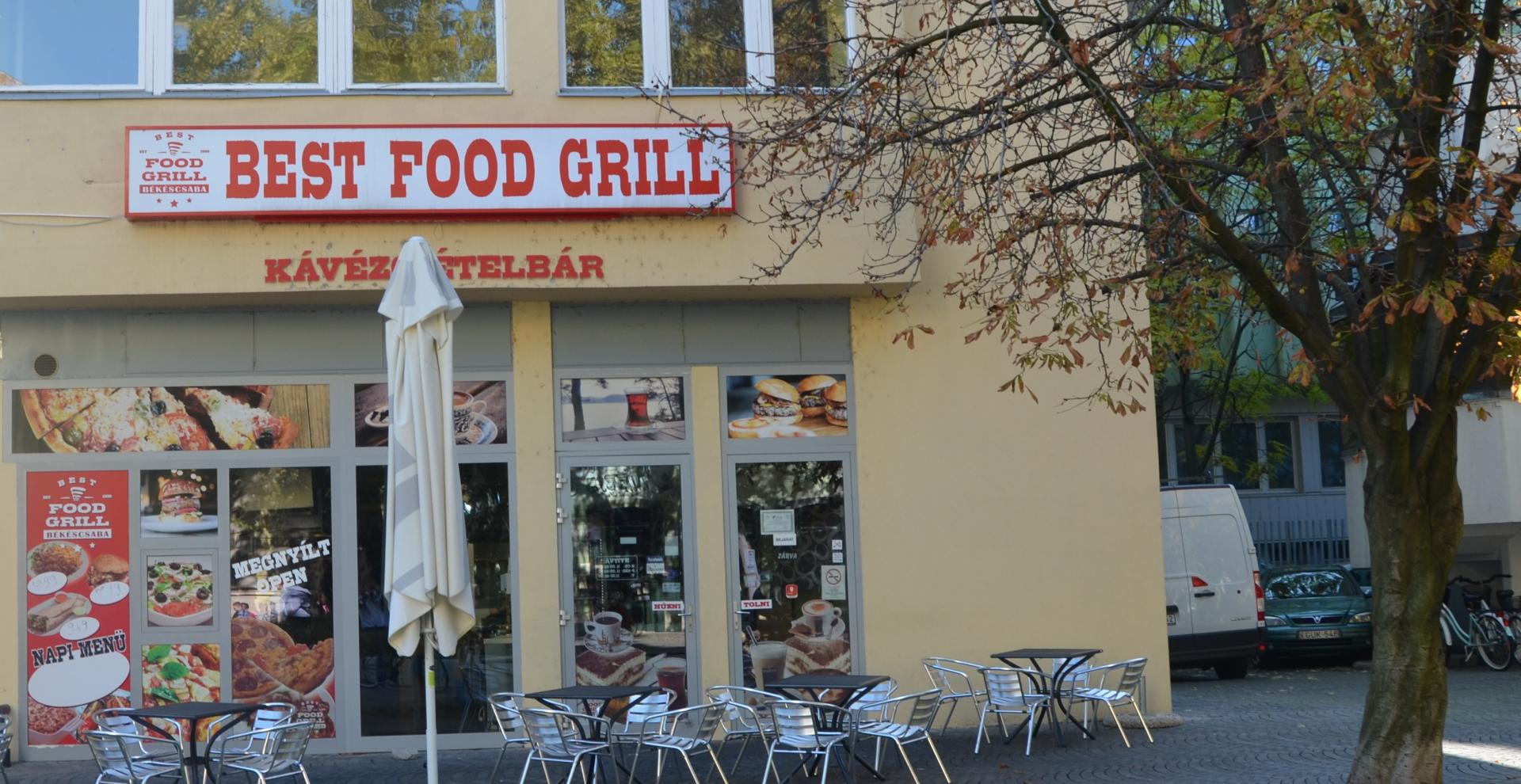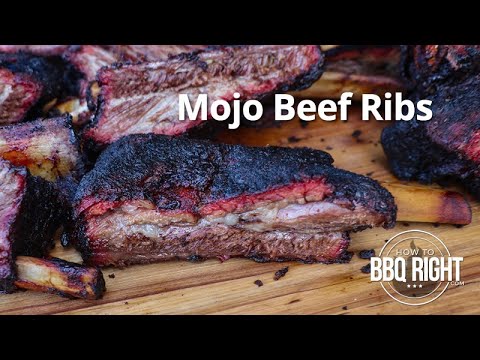
Grill flames can cause severe burns to your food, especially if they are caused by oil and fat dripping from your food. This fire can start before your food is put on the grill. You must first determine the severity of the flames. You may not notice any flames, and they will usually be very small. Two options are available if you see flare-ups: Cover the lid with aluminum foil, and then turn off the burners. After that, sprinkle baking soda or sand on the area. After you've done this, close the lid and vents to prevent any more oxygen from reaching the food. If you're still worried, wait 30 seconds before attempting to control the fire.
The best way to avoid grill flames is to cover the grill, and then wait. This is because the fire must have oxygen in order for it to survive. Thus, cutting off oxygen can cause it to burn. Cover the grill to prevent flare-ups. After the fire has died, you can go back to normal. After the flames have died, you can start cooking again. You might end up with charred food if your are not careful.

Keep your food in the "Safe Zone" to avoid flare-ups. Then, you can spray the grill's bottom with water to extinguish the flames. If you're grilling over charcoal, you can spray the side of the grill with water directly under the food if the flames are small. If the flare-up becomes severe enough that it threatens the supply, you can dial 911 to get emergency help.
Excess fat and oil dripping are the main causes of a grill flaming. Excess fat or oil dripping is the most common cause of a grill catching on fire. It's also important to position your grill so that it's out of the wind to avoid flare-ups. Using a grill shield can help protect your food and prevent them from leaking. A shielding lid will help keep the flames from igniting.
To avoid flare-ups, keep the grill clean. A dirty grill can cause flare-ups when there are too many drippings. It is important to keep the heat from drippings under control. You can avoid flare-ups by trimming excess fat from your beef. Ideally, you should always cut away the excess fat before preparing the food. You shouldn't remove all fat from meat in order to avoid it from causing problems.

You can prevent flare-ups by using a grill covering. You can prevent flare-ups by covering the grill. If you grill over gas, the cover will prevent any harm to the meat. This will keep the fire from spreading and stop the grill catching on fire. You can avoid flare-ups by doing this.
FAQ
Where can I purchase high-quality kitchen equipment
You can buy high-quality kitchen gear online. All kitchen tools can be purchased online at a number of sites. Be sure to read customer reviews before you buy any kitchen equipment. Ask others who have used similar items if you would like to recommend them.
Is there a better career path for someone who dreams of becoming a chef? How can I start my career as a chef?
An apprenticeship is a good way to start your career as a chef. Apprenticeships let you work for many years and pay no tuition fees. After you complete your apprenticeship, it is possible to apply for a job as a sous-chef. Sous chefs assist cooks with tasks such as making salads, and desserts. They also oversee the restaurant's operations.
How Much Does it Cost to Learn Culinary Arts Skills?
It is not easy to find a culinary arts degree that costs less than $40,000. A four year degree is typically around $40,000. A two-year associate's level degree can cost less than $5,000. Tuition rates vary depending on what program you choose. Public institutions are more expensive than private institutions.
What is the best way to store leftovers?
Tupperware containers are great for storing leftovers. These containers are great for keeping food fresh and preventing odors from growing. They keep foods warmer for longer. You can freeze leftover food in freezer bags. When freezing food, place the bag inside another freezer bag so that air doesn't escape. Once the food has frozen, you can transfer it to an airtight container like a zipper lock bag.
How long does it take to learn to cook? What time do you need to learn how to cook?
It depends on the skill level. Some people can master basic cooking techniques in a matter days. Some people take months to learn how to cook. Others may need to wait for years.
The amount of time needed to learn to cook varies considerably based on the person. An example: Someone who has never cooked before may need more time than someone who makes regular meals. You may also need more experience with certain types of cooking than others. Baking is more difficult than frying.
A specific technique will help you cook faster. Once you've mastered that technique, move on to another one. You don't need to worry about how many days or weeks it took to learn how to cook. Keep practicing and enjoying the process.
How to be a Chef
There are many routes to becoming a chef. Start by enrolling in a class at a vocational school or community college. Consider attending culinary school. Finally, consider a paid internship.
Statistics
- The median pay for a chef or head cook is $53,380 per year or $25.66/hour, according to the U.S. Bureau of Labor Statistics (BLS). (learnhowtobecome.org)
- In the United States, the category is estimated at $23.2 billion annually and is growing faster than the market. (washingtonpost.com)
- You'll be amazed that over 90% of CIA students receive scholarships and grants to finish their culinary studies. (ischoolconnect.com)
External Links
How To
How to cook a Steak
The right cooking method for any type of meat depends on its thickness. Thicker steaks cook best at low heat. Thicker steaks require higher temperatures.
Don't overcook them as they will lose flavor. Make sure to remove the steaks from the pan after it is done. This will help you avoid burning your skin.
Cooking times depend on the size of the steak and the desired degree of doneness. Here are some general guidelines:
Medium Rare: Cook the meat until it reaches medium rare (63°C). This should take between 3 and 5 min per side.
Medium: Cook until medium. This means that the internal temp has reached 160 degrees F (71 degrees Celsius). This normally takes around 6 minutes per side.
Well Done: Cook until well done, which means the internal temps reach 180degF (82degC). This typically takes 8-12 minutes per side.